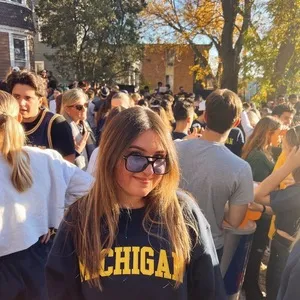The issue of food insecurity is pervasive in the United States, with over 34 million people, including 9 million children, qualifying as food insecure. While this is not a new issue, the pandemic has worsened things significantly — especially in minority communities already experiencing higher rates of food insecurity.
What is food insecurity?
So, what even is food insecurity? According to Feeding America, food insecurity can be defined as “a lack of consistent access to enough food for every person in a household to live an active, healthy life.” It’s not hard for anyone to become food insecure, with things like unemployment, poverty, lack of housing, or a lack of access to healthcare as the main causes. Food insecurity is more common in rural areas, where many live in food deserts, areas where options for securing healthy food to eat are scarce.
What are the impacts of food insecurity?
The impacts of being food insecure are massive and felt throughout a household. Children struggling with food insecurity can have their development impacted from a young age. This can lead to additional social, emotional, and health-related problems for these children as they age. Adults struggling with food insecurity are prone to higher levels of stress because they are often forced to decide between paying for food for the month or for other expenses, like utilities.
What can you do to help fight food insecurity?
Start local, and use resources to help figure out how and where you can donate your time and money. Use Feeding America’s map to find a food bank near you, and donate any extra non-perishable food you may have. Host a holiday party, and have guests bring items to donate instead of a bottle to pass. You can collect them all and drop off at your food bank.
These banks also often need volunteers to help package and distribute the food. The map allows you to see banks that need volunteers if you’re interested in doing more than just donating. You can also find retailers partnering with Feeding America to help with donations on their website.
Google local food justice mutual aid groups in your area, too. These organizations aim to help the food-insecure by organizing food drives, setting up and maintaining community pantries, providing free groceries, and more.
Want to have your voice heard? You can write to your local politicians using Feeding America’s pre-written form. The form allows you to get in touch with policymakers, and let them know that you want to see change happening.
On a more personal level, you can make a conscious effort to consume and waste less food. Save and eat leftovers after a meal, and only buy what you truly need at the grocery store to avoid excess waste. You can also start composting as additional way to help the environment.
Need more inspiration? Social media creators on TikTok have been posting videos showing how they make meals using only items from Dollar Tree. One creator called @dollartreedinner almost exclusively posts meal ideas using products from Dollar Tree, and this creator cooked a Thanksgiving dinner with food from Dollar Tree. Other creators have been filming how they help out on a more local level, like this woman who makes sandwiches for United Way of Central Iowa’s “Sandwiches that Save” Program.


